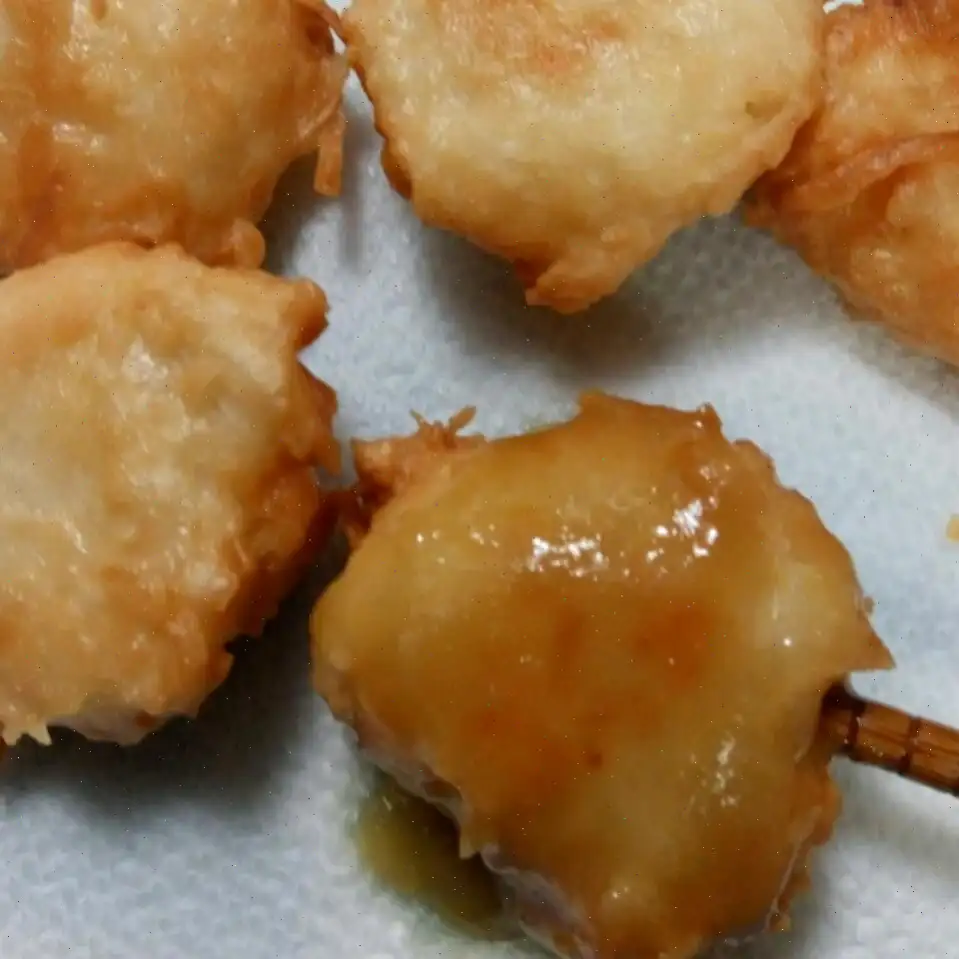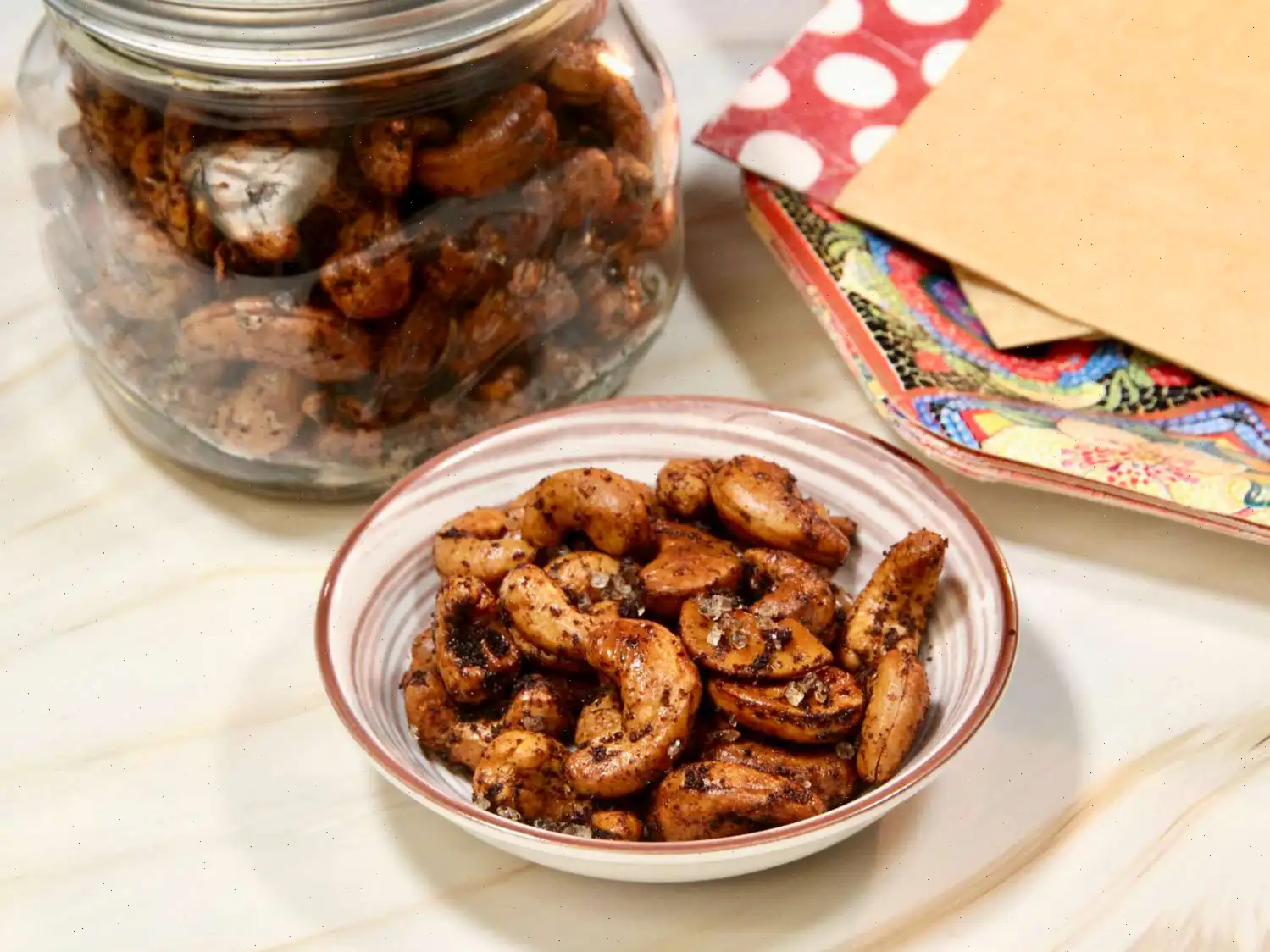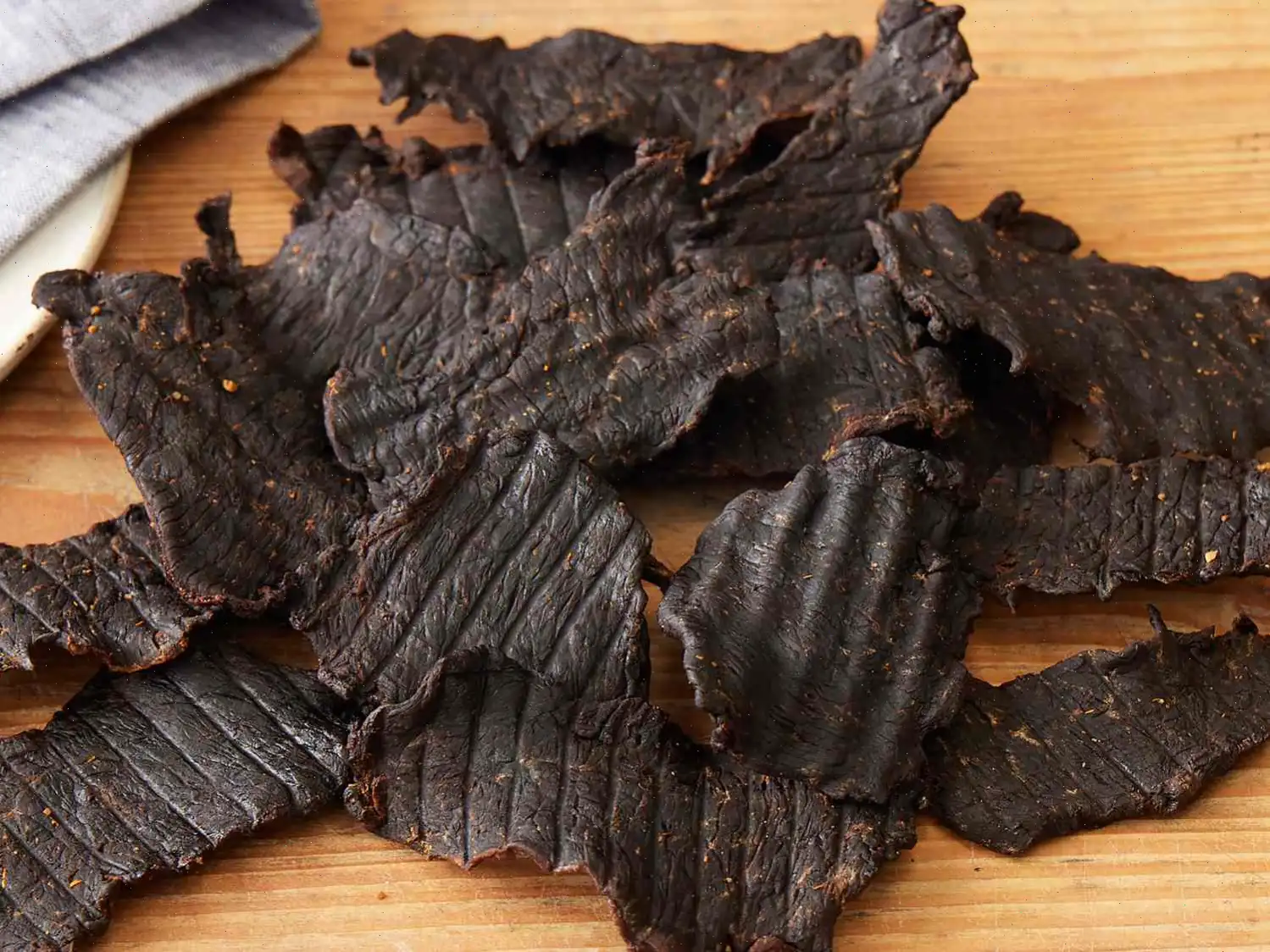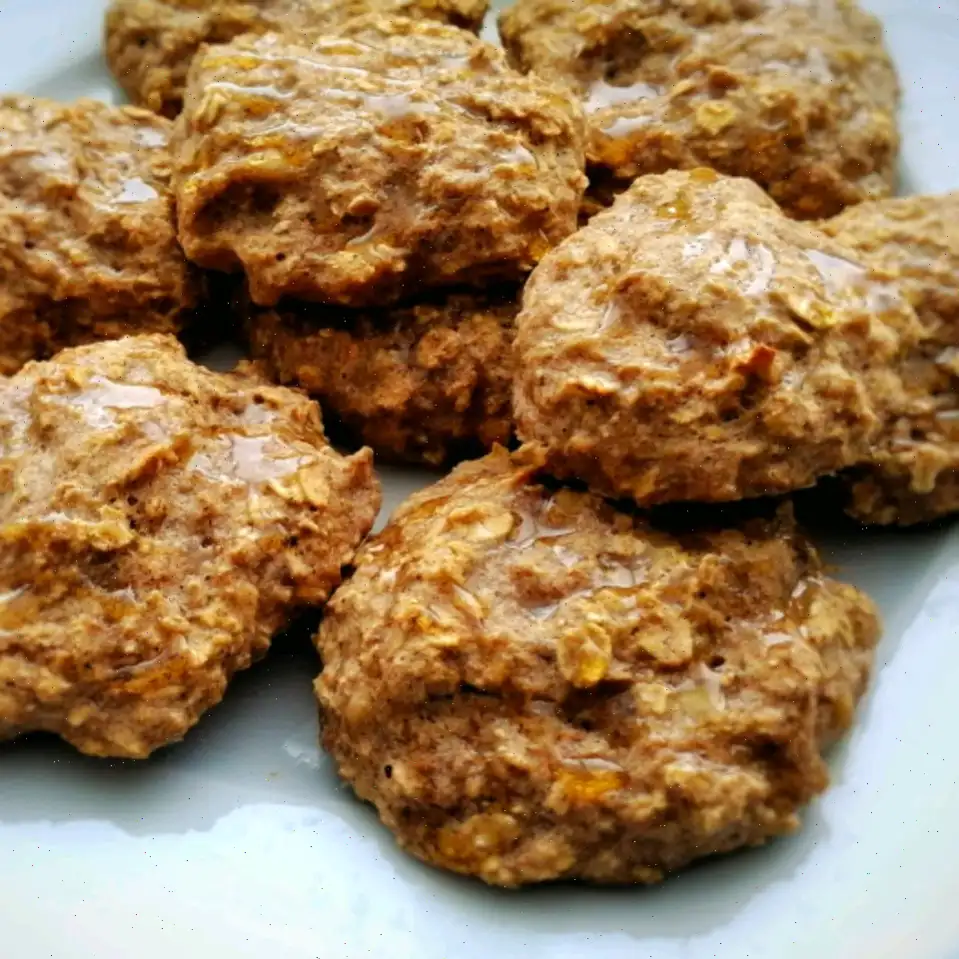
Karioka Sweet Rice Balls Recipe
Ingredients
- 1 cup rice flour
- 1 cup shredded coconut
- cup coconut milk
- 2 cups vegetable oil for frying
- Coating:
- cup coconut milk
- cup brown sugar
Directions
- In a large bowl, mix the rice flour, shredded coconut, and cup of coconut milk until the dough is smooth and well combined.
- Form the dough into small balls, using about 1 tablespoon of dough per ball.
- In a medium pot, heat the vegetable oil over medium heat.
- Carefully fry the dough balls in the hot oil for about 5 minutes, or until they are lightly browned on all sides.
- Once fried, remove the dough balls from the oil and place them on a paper towel-lined plate to drain excess oil.
- In a separate saucepan, pour in cup of coconut milk and bring it to a boil over medium heat.
- Stir in the brown sugar and cook the mixture for an additional 2 to 3 minutes, or until the liquid thickens slightly.
- Remove the saucepan from the heat and allow the coconut coating to cool just a little.
- Dip the fried dough balls into the coconut-sugar coating, ensuring they are fully coated.
- Let the balls cool slightly before serving.
Nutrition Facts
Per serving (1 ball):
| Calories | 414 |
| Total Fat | 25g |
| Saturated Fat | 16g |
| Sodium | 53mg |
| Total Carbohydrates | 45g |
| Dietary Fiber | 3g |
| Total Sugars | 16g |
| Protein | 4g |
| Vitamin C | 1mg |
| Calcium | 24mg |
| Iron | 2mg |
| Potassium | 216mg |
Percent Daily Values are based on a 2,000 calorie diet. Your daily values may be higher or lower depending on your calorie needs.

Origin and History
Karioka, also known as "Karioka Sweet Rice Balls," is a popular Filipino dessert made from glutinous rice flour, coconut, and brown sugar. The recipe has been passed down through generations in Filipino households and is often associated with celebrations and festive gatherings. While its exact origins are somewhat obscure, it is believed to have roots in the indigenous cooking methods of the Visayan islands, where rice and coconut have been staple ingredients for centuries. The dessert's name, "karioka," is derived from the word "kara," meaning "coconut," highlighting its signature ingredient.
Regional Variations
Karioka is enjoyed throughout the Philippines, but different regions may add their own twists to the basic recipe. In some parts of the country, the rice balls are rolled in different types of coatings such as sesame seeds or more finely shredded coconut. Other variations might include a touch of vanilla or a splash of rum in the syrup for added depth of flavor. While the recipe remains relatively simple, its versatility makes it a perfect treat for various occasions, from simple family meals to larger community festivals.
Differences from Similar Dishes
While Karioka may resemble other rice-based sweets in the Southeast Asian region, its deep-fried preparation and coconut syrup coating make it unique. For example, it is similar to the well-known Japanese "mochi," but the texture is slightly firmer due to the use of rice flour instead of glutinous rice. Additionally, the coconut milk syrup gives it a richer flavor, distinguishing it from other rice ball desserts that may be less sweet or syrupy. Unlike other fried rice treats, Karioka is typically not filled with sweet pastes or fillings, making it a simpler yet highly satisfying snack.
Where Its Typically Served
Karioka is often served as a snack or dessert in Filipino households. Its a favorite during special occasions such as birthdays, holidays, or even community feasts. Due to its simplicity and ease of preparation, it is also enjoyed as a quick afternoon treat or after-school snack. In more recent years, this dish has been gaining popularity outside of the Philippines, especially in areas with large Filipino communities. Its commonly found in Filipino restaurants and at food festivals, where it is served alongside other traditional Filipino desserts.
Interesting Facts
- In Filipino culture, coconut is considered a symbol of good fortune and prosperity, often making dishes like Karioka a part of celebratory meals.
- While typically deep-fried, Karioka can also be baked for a slightly healthier version of the dessert.
- Although the dish is traditionally made with white rice flour, it can be adapted using sweet rice flour for a more tender texture.
- The coconut syrup, which is poured over the fried rice balls, not only adds sweetness but also gives the dish a glossy finish that makes it visually appealing.
FAQ about Karioka Sweet Rice Balls Recipe
Comments
Kimberly Harris
01/20/2024 12:01:16 AM
Tasty, but next time I will reduce the amount of shredded coconut to make it more similar to the original karioka from back home.








